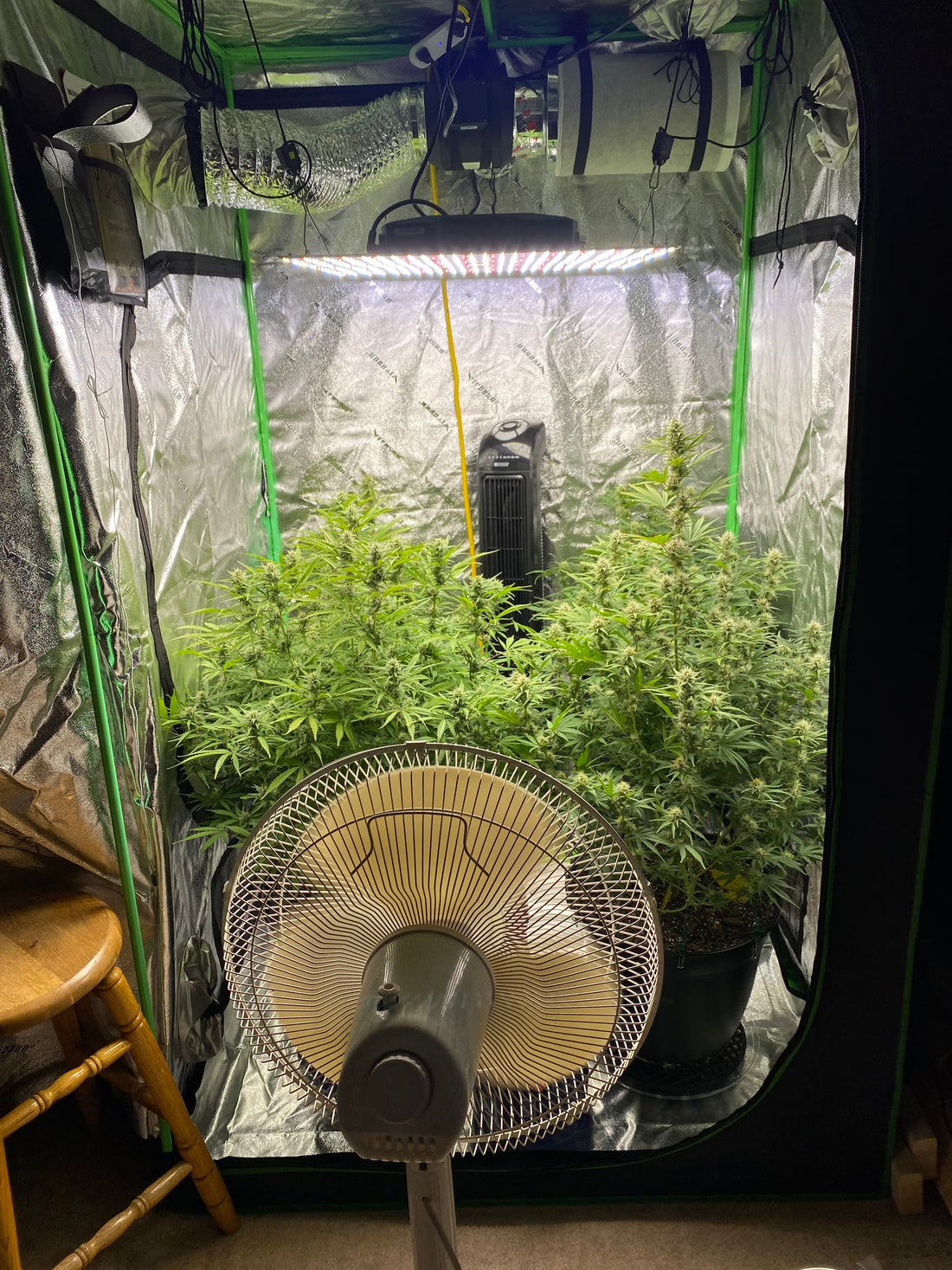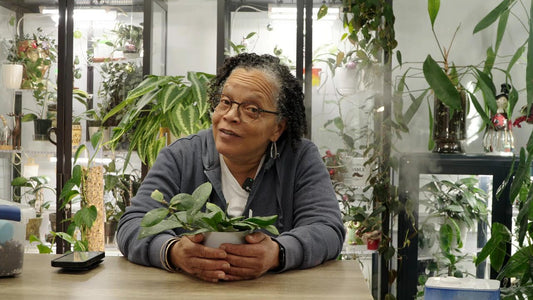When it comes to keeping your indoor plants happy and thriving, light and water are often the first factors that come to mind. But there’s another critical element that plays a major role in plant health—humidity. Many indoor plants originate from tropical environments where moisture in the air is consistently high, and replicating these conditions can make all the difference in their growth, vibrancy, and resilience.
Why Humidity Matters for Indoor Plants
Humidity refers to the amount of water vapor in the air, and for most indoor plants—especially tropical varieties—this is a key factor in ensuring proper hydration and preventing stress. When humidity levels are too low, plants can suffer from dry, brown leaf edges, slowed growth, and an increased risk of pests like spider mites. Conversely, excessive humidity can lead to mold, mildew, and fungal issues, especially if airflow is inadequate.
So, what’s the ideal humidity level? Most houseplants thrive in humidity levels between 50-70%. However, some plants, such as ferns and calatheas, prefer even higher levels, while succulents and cacti are perfectly content with lower humidity.
How to Ensure Proper Humidity for Your Indoor Plants
If you want your plants to flourish, maintaining appropriate humidity is crucial. Here are several effective ways to achieve the right balance:
1. Use a Humidifier
The most effective and consistent way to increase humidity is by using a humidifier. These devices release moisture into the air, helping to maintain stable humidity levels, especially in drier months when indoor heating can drop humidity drastically.
2. Group Plants Together
Plants naturally release moisture through transpiration. By clustering them together, you create a small microclimate with increased humidity. This is a simple, passive way to boost humidity levels without extra equipment.
3. Utilize Pebble Trays
Placing a tray filled with water and pebbles beneath your plant pots can help increase moisture in the air as the water evaporates. Just make sure the pots are not sitting directly in the water to prevent root rot.
4. Misting (With Caution)
Misting plants can temporarily boost humidity, but it’s not always the best long-term solution. Some plants benefit from misting, while others are prone to fungal issues if kept too damp. If you choose to mist, do so in the morning to allow leaves to dry throughout the day.
5. Use a Terrarium or Greenhouse Cabinet
For humidity-loving plants, keeping them in a terrarium or an enclosed greenhouse cabinet can help maintain high moisture levels without affecting the rest of your home.
6. Adjust Room Conditions
Avoid placing plants near heating vents, radiators, or air conditioners, as these can dry out the air quickly. In contrast, bathrooms and kitchens often have higher humidity levels, making them great spots for tropical plants.
Signs Your Plant Needs More Humidity
If your plant is struggling, watch for these signs that it might need more humidity:
-
Crispy, brown leaf edges
-
Wilting despite proper watering
-
Curling leaves
-
Slow or stunted growth
-
Increased pest issues
By taking control of your indoor environment and ensuring your plants receive the right humidity levels, you’ll be rewarded with lush, vibrant foliage, healthy new growth, and an overall thriving indoor jungle.
What’s your go-to method for boosting humidity? Share your experiences in the comments below!





